Getting higher rankings in Google isn’t easy. Many websites put in the effort to create high-quality content, but still struggle to rank well in search results.
Competitors are building stronger backlinks, outreach often feels like a dead end, and outdated tactics no longer deliver results. In some cases, relying on low-quality links can even harm credibility instead of helping it.
If this sounds familiar, you’re not alone. Backlinks remain one of the most powerful ranking factors, but earning the right ones takes strategy, consistency, and a clear understanding of what actually works today.
That’s why we’ve put together this guide. Each technique is designed to help you strengthen authority, improve visibility, and attract more organic traffic in 2025.
24 Effective link-building techniques
Link building is one of the most powerful ways to strengthen your SEO, but it requires the right mix of strategies.
What worked a few years ago may not deliver results today, and relying on outdated or spammy tactics can even harm your rankings.
This guide brings together 24 proven techniques that continue to work in 2025.
Skyscraper technique
Original content is important, but today both quality and quantity play equally vital roles in building authority.
The Skyscraper technique is a tried-and-true approach where you find existing high-performing content in your niche and create a significantly better version.
The goal is to produce something so valuable that people naturally want to share and link to it.
For example, if you search Google for “how to be resilient” and find that .org holds the top spot, you would carefully review their article to see what it covers and what it’s missing.
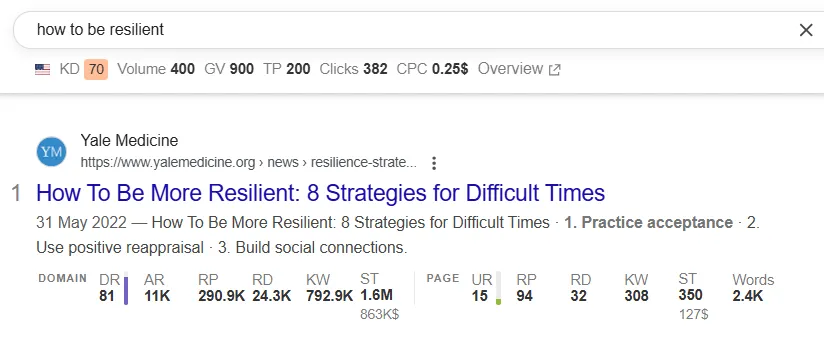
Then, you could enhance it with additional visuals, updated statistics, richer examples, relevant videos, or even a timely twist like “How to Be Resilient in the Face of Adversity.” This makes your content more comprehensive and engaging.
Did You Know? According to research, just 8.5% of cold outreach emails actually result in backlinks, showing how crowded and ineffective generic outreach can be.
On the other hand, personalized email outreach works far better, with 79% of respondents reporting success when directly connecting with site owners.
To find the most link-worthy topics, tools such as BuzzSumo, YouTube, Quora, and Google Search can help identify popular content. Once you’ve created your improved version, you have several options for promotion.
If your content is in the same format as the original, consider pitching it as a guest post to reputable sites in the same industry.
This increases the likelihood of acceptance since the content will already be relevant to their audience.
Consistently applying the Skyscraper technique with this mindset can steadily grow both your traffic and domain authority.
Infographics link building
Infographics link building focuses on creating visually engaging graphics that condense complex data or topics into a clear and easy-to-understand format.
These graphics can be published on your site, submitted to infographic directories, or pitched to relevant blogs and publications to encourage backlinks.
Fun fact:
According to a study, the content with visuals is 94% more likely to be viewed and shared compared to plain text. Adding charts, infographics, and videos can significantly boost engagement and link potential.
For example, if you publish research on “Global E-commerce Growth,” instead of only presenting it as a text-heavy article, you could design a well-branded infographic highlighting key statistics, charts, and trends.
This makes the information easier to digest and more shareable across social media platforms. Once the infographic is complete, you can offer it to niche bloggers, journalists, or marketing agencies in your industry.
You can also embed a share code with a backlink to your site, ensuring each use drives authority back to your domain.
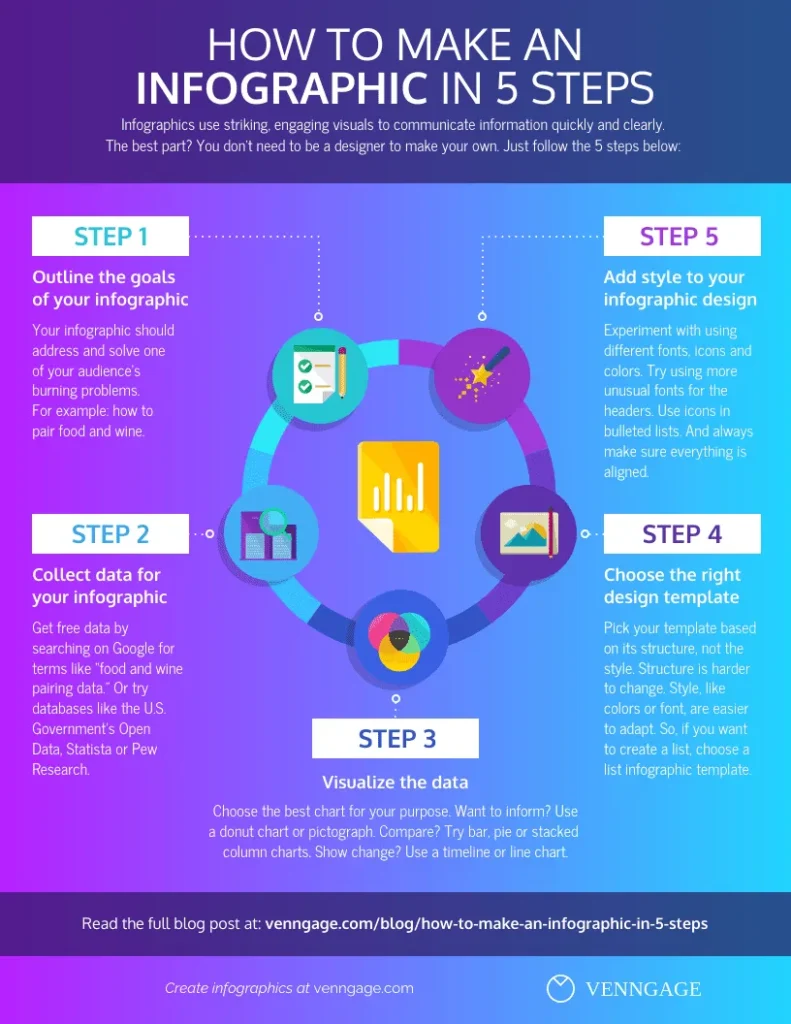
Quick fact:
According to Demand Gen Report, the infographics can increase website traffic by up to 12% when promoted effectively.
The key to success with infographics link building is creating content that is visually appealing, backed by credible sources, and valuable enough for other websites to feature and share.
Explore our professional link-building services and see how we can help your website earn stronger, high-quality backlinks.
Sniper link building
Sniper link building is a precision-focused outreach strategy that involves identifying a select group of highly relevant, authoritative websites and approaching them with personalized pitches.
Unlike mass outreach, the goal is to target only the best prospects that are closely related to your niche.
For example, if you run a site about sustainable fashion, instead of emailing hundreds of fashion blogs, you would identify 10–20 top-tier sustainable living and eco-friendly fashion websites.
Then, you’d craft pitches explaining exactly how your content fits their audience’s needs.
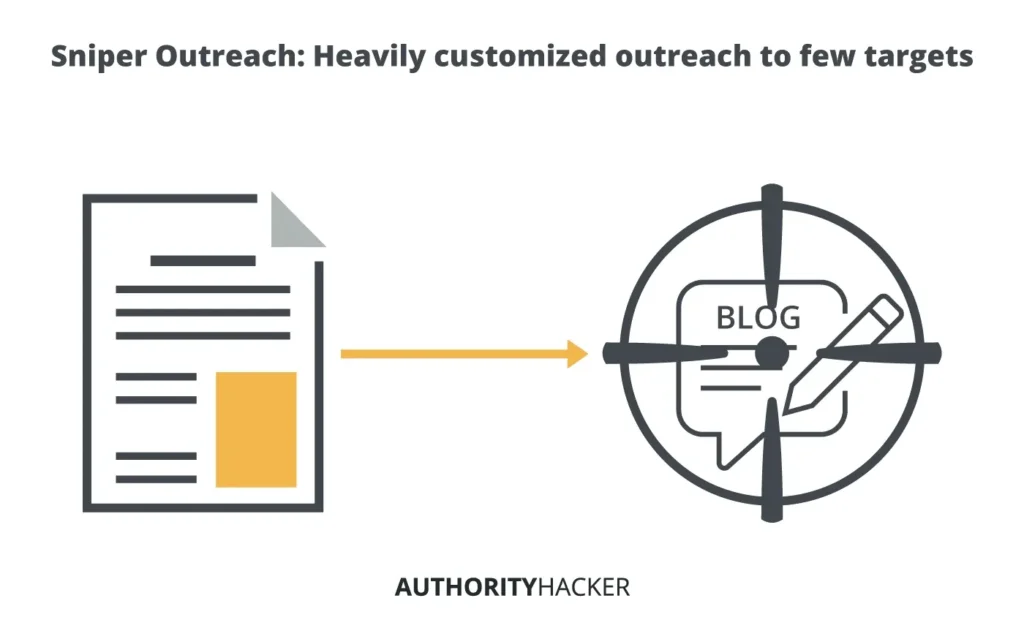
This approach takes more time and research, but it produces stronger, more valuable backlinks and builds long-term relationships with industry influencers.
The key to success with sniper link building is relevance, personalization, and offering real value, making it worth the recipient’s time to feature your link.
Shotgun link building
Shotgun link building takes a high-volume approach to outreach. Instead of focusing on a handful of carefully selected sites, you cast a wider net by reaching out to hundreds or even thousands of prospects at once.
For example, if you create a comprehensive guide on “The Ultimate Social Media Marketing Checklist,” you could send an outreach email to a massive list of marketing blogs, digital agencies, and content creators.
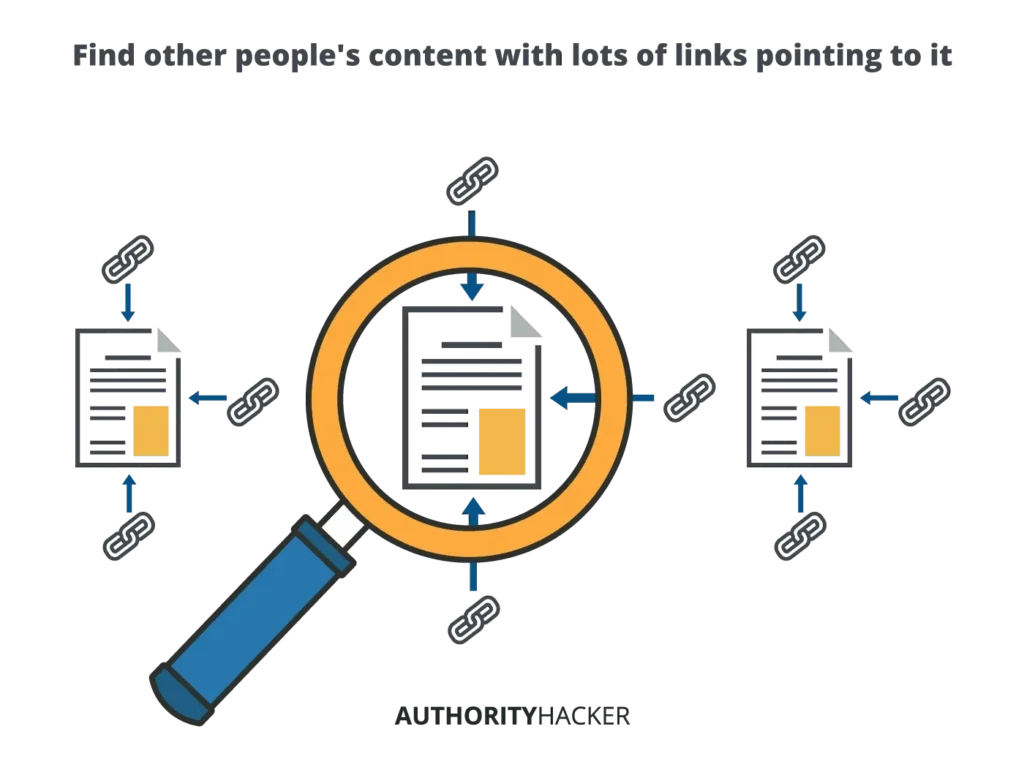
Even if only a small percentage replies, the sheer volume ensures a steady flow of backlinks.
Many marketers automate parts of the process using CRM or outreach tools to speed up email sending, follow-ups, and tracking.
Did you know?
While response rates are lower than targeted outreach, the high volume makes it an effective way to build links quickly.
The key to success with shotgun link building is crafting a compelling initial pitch, automating responsibly, and ensuring your content is valuable enough for mass appeal.
Community-based link building
Community-based link building leverages online groups, forums, and professional networks to connect with other creators, marketers, and site owners for collaboration and backlink opportunities.
These spaces include Slack groups, Discord servers, LinkedIn groups, and niche forums. For example, you might join a Slack group dedicated to SEO professionals where members share opportunities for guest posts, collaborations, and content exchanges.
In fact, specialized spaces like link-building Slack communities are becoming popular hubs where SEO professionals actively share backlink opportunities and partnerships. By actively participating and offering valuable input, you build trust that can lead to organic backlink offers.
We also run our own Serpforge Slack community where marketers, SaaS founders, and content creators collaborate, exchange opportunities, and support each other’s growth. Instead of cold outreach, this method relies on networking, relationship-building, and being an active contributor to the community.
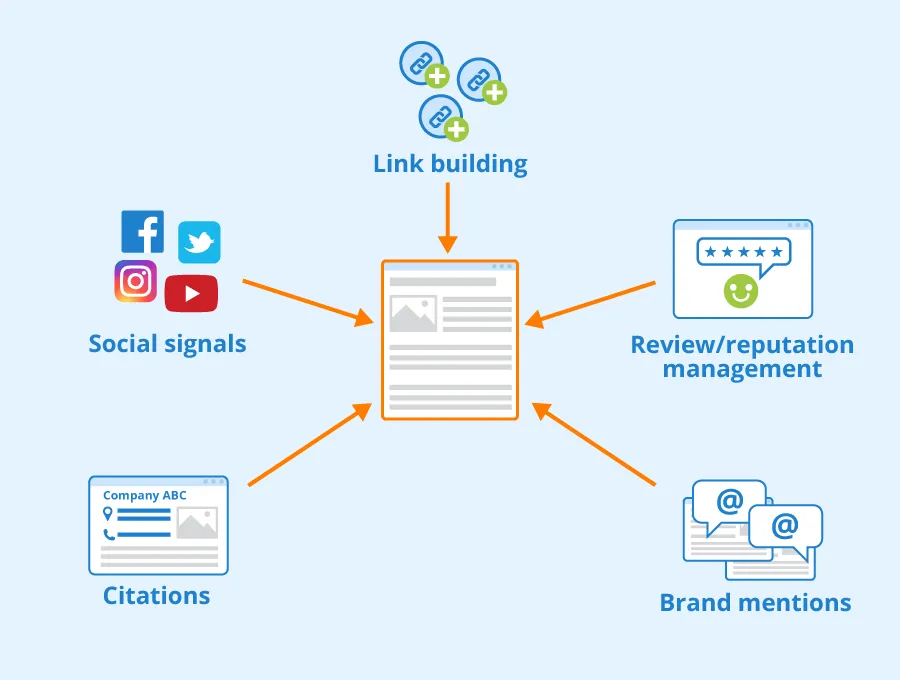
Key insight:
The Online Geniuses Slack group has over 49,000 members, including marketers and SEO professionals who regularly share backlink opportunities.
The key to success with community-based link building is consistent engagement, providing value before asking for links, and building relationships that lead to long-term collaborations.
Guestographics
The Skyscraper technique isn’t limited to creating a written version of better content; you can also repackage valuable information into a different, more engaging format that encourages people to share it and link back to you.
One of the most effective ways to do this is through Guestographics infographics created specifically for guest posting opportunities.
For example, if you want to cover the topic of the paleo diet, you could start by entering related keywords into BuzzSumo to find the most shared articles on the subject.
Let’s say you find that a Business Insider article is leading in engagement. Instead of just writing a longer or more detailed post, you could turn that same content into a visually compelling infographic.
The difference? Infographics rely on organic sharing, while guestographics combine the infographic with proactive outreach and added content, making it more appealing for site owners and boosting your chances of landing a backlink.
The information may be similar, but the format gives it fresh appeal and makes it more shareable.
Once the infographic is ready, you can pitch it back to the original publisher, such as Business Insider in this example, or to other authoritative sites in the same niche.
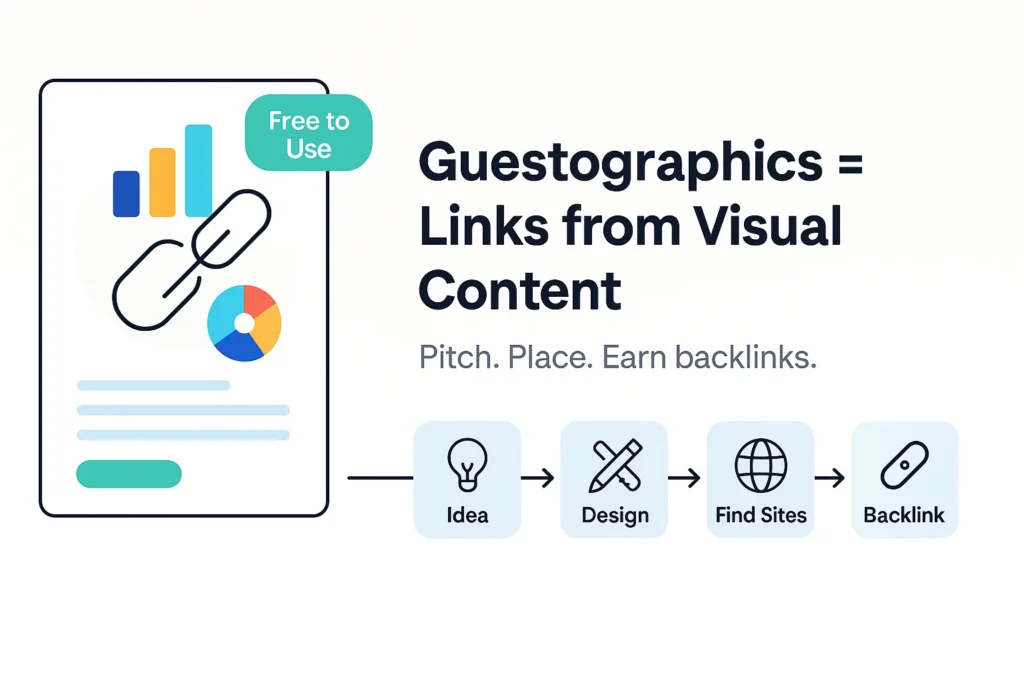
By offering them free, high-quality visual content that complements their existing resources, you significantly increase your chances of earning a backlink.
The key to success with Guestographics is ensuring that your infographic is not only visually appealing but also accurate, well-researched, and relevant to the target audience.
Pairing strong design with credible data makes it a highly linkable asset.
Instructographics
Infographics are powerful on their own, but you can take them a step further by creating instructographics visual guides that give readers step-by-step instructions, tips, or dos and don’ts on a topic.
Unlike a standard infographic, an instructographics can often replace a full article by presenting actionable information in a concise, visually engaging format.
For example, instead of writing a lengthy blog post on “What to Do and What to Avoid in Public Speaking,” you could design a single instructographics that lays out all the essential points with clear visuals.
These graphics are easy to consume, highly shareable, and often bookmarked by readers who want quick reference material.
To apply this strategy, review your existing blog posts, guides, or even long-form case studies and identify sections that could be distilled into actionable visual steps.
Then, design them as instructographics and share them on your website, social media, or relevant guest posting platforms.
Done right, they can become a valuable part of your advanced link-building strategy by attracting organic shares and backlinks from sites looking for quick, informative resources.
Crowdfunding link building
Crowdfunding link building involves creating a campaign on platforms like Kickstarter, Indiegogo, or GoFundMe and using the visibility to earn backlinks.
Campaigns with a strong story, appealing visuals, and social proof naturally attract media mentions, blog coverage, and niche site features.
For example, if you launch a sustainable backpack campaign on Kickstarter, bloggers covering eco-friendly fashion or travel gear may feature your project, linking back to your campaign or website.
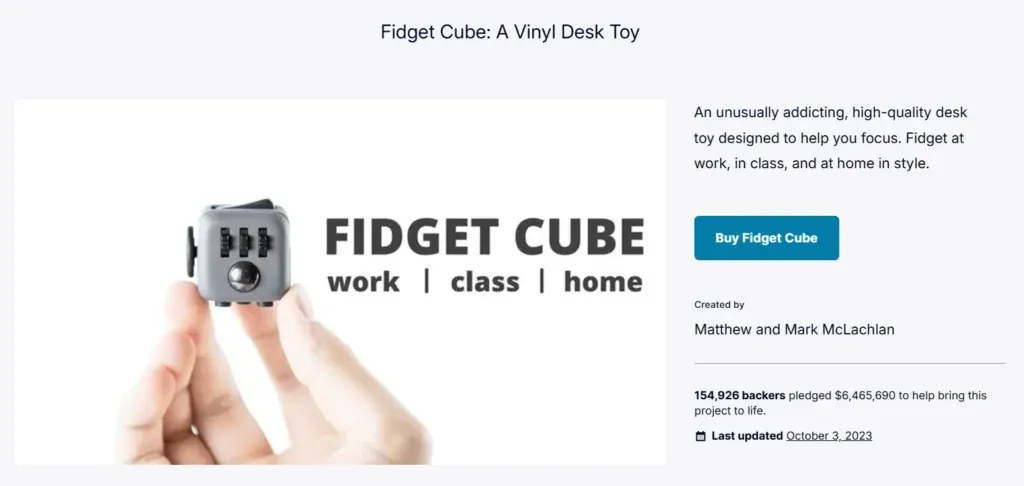
Did you know?
According to Coinlaw, campaigns that include videos raise 105% more funding than those without.
The key is to craft a unique story, include strong branding, and pitch your campaign to niche journalists and communities. Even if the campaign doesn’t fully fund, the backlinks gained can deliver lasting SEO value.
Broken link building
Broken link building focuses on finding non-working (404) links on websites and suggesting your relevant content as a replacement. This approach benefits both parties: you gain a backlink, and the site owner fixes a broken resource.
For example, if you discover a broken link on a marketing blog pointing to an outdated “SEO Guide 2017,” you can suggest your updated guide on “SEO Strategies 2025.”
Tools like Ahrefs, Screaming Frog, and Check My Links can help you find broken links at scale.
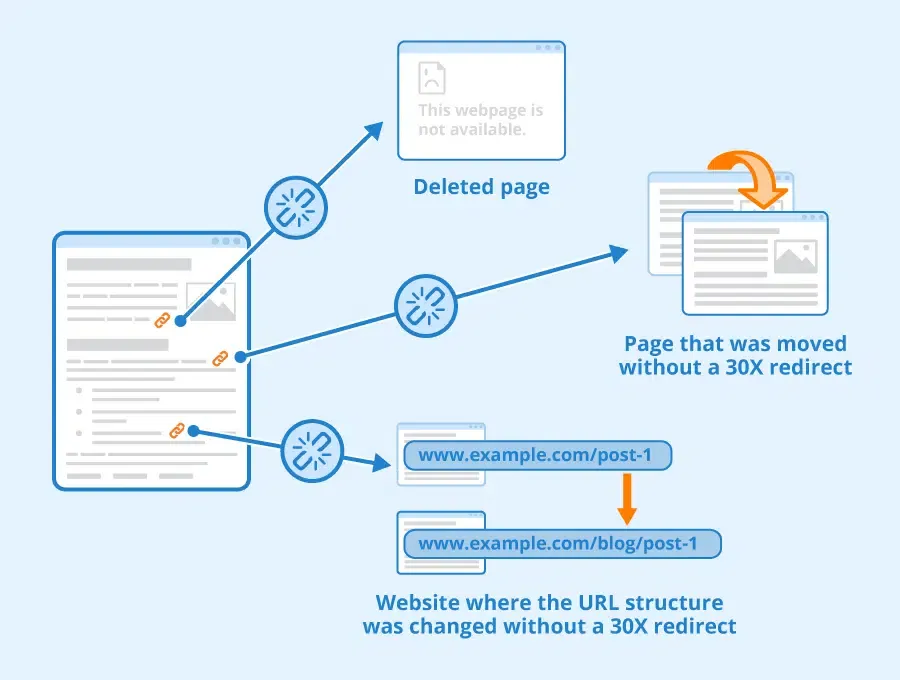
Guest posting
Guest posting is the practice of writing content for other websites in your niche in exchange for a backlink. It’s one of the oldest but still effective methods for building authority and driving referral traffic.
For example, if you run a SaaS blog, you can write an in-depth article on “Customer Retention Metrics” for a site like HubSpot or Content Marketing Institute, including a contextual backlink to your site.
Guest posting drives not just links but also targeted referral traffic from niche audiences.
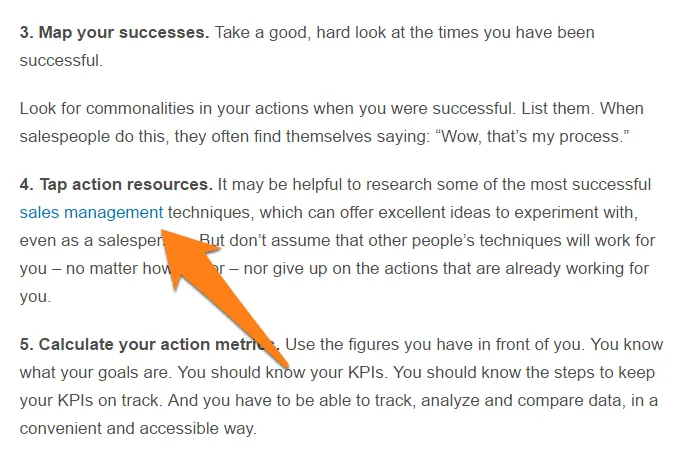
The key is to focus on quality over quantity, target authoritative, relevant sites, and deliver valuable, well-researched content.
HARO (Help a Reporter Out) & journalist outreach
HARO connects journalists with expert sources. By responding to media queries with relevant insights, you can get quoted in articles with backlinks.
For example, a tech founder answering a HARO request on “future of SaaS” might get featured in Entrepreneur or Business Insider, earning a high-authority backlink.
Journalists are more likely to link to sources that provide data-driven insights or unique quotes.
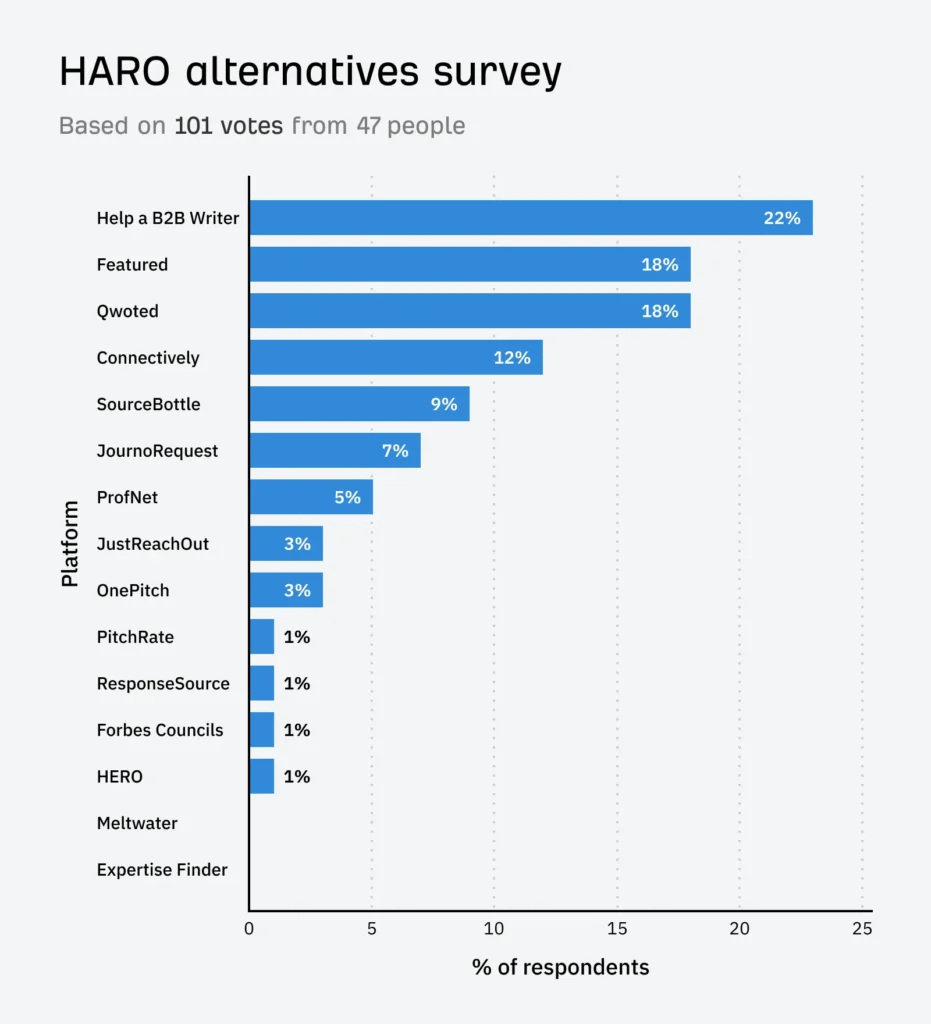
Consistently responding to relevant requests builds your chances of earning backlinks from major publications.
Niche edit link building
Niche edits involve adding backlinks to existing articles on authoritative websites. Unlike guest posts, the content is already indexed and ranking, which gives your link immediate value.
For example, if a blog has a guide on “Top 10 Marketing Tools,” you can request to add your SaaS tool as a resource within the content.
Niche edits can be faster to index and pass link equity compared to new guest posts. Links placed in older, established content often hold stronger SEO value.
Relevance is key; only pursue placements where your link adds genuine value to readers.
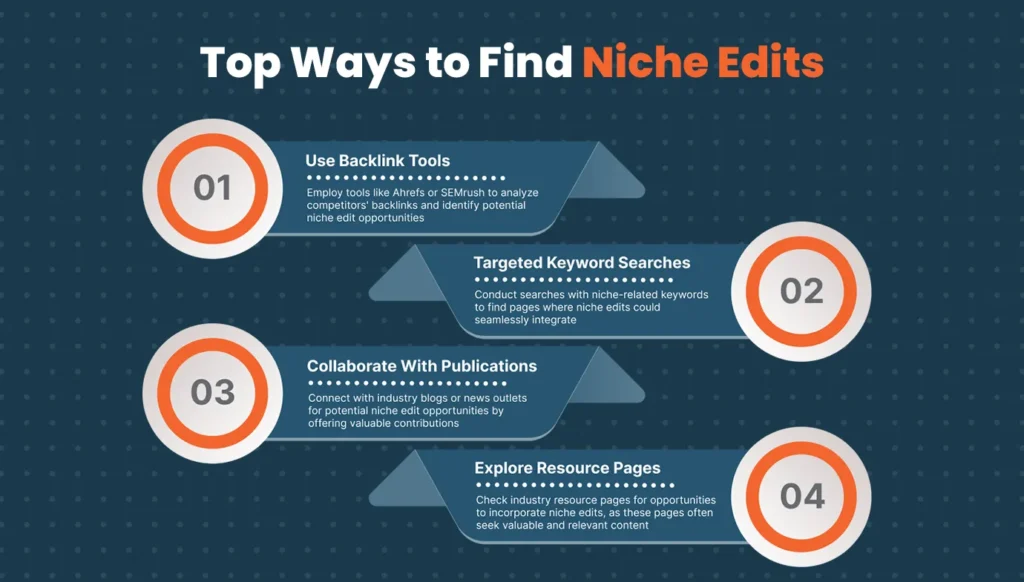
Check out our niche edit services to get powerful, contextually placed backlinks that strengthen your site’s authority.
Resource page link building
Resource pages are curated lists of helpful links or tools. By suggesting your content or tool, you can secure backlinks from these pages.
For example, a university site might have a “Student Resources” page where you can request inclusion of your career guide.
Worth noting:
Government and .edu resource pages often carry high domain authority.
Start by searching Google with queries like “keyword + inurl:resources” or “keyword + useful links.”
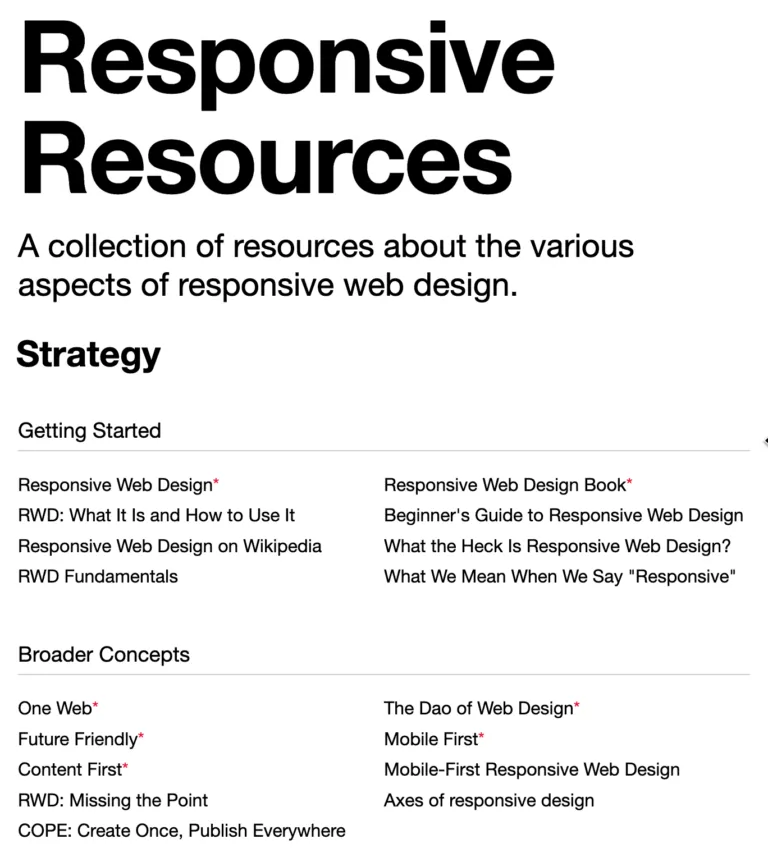
Explore our resource page link link-building services, and let us help you secure powerful placements that drive long-term SEO value.
Link reclamation
Link reclamation is about finding brand mentions online that don’t link back to your site and requesting the publisher to add a hyperlink.
For example, if a blog writes about your product but doesn’t link to your homepage, you can politely ask them to include a link.
Reclaiming unlinked mentions is one of the easiest ways to earn links, since the site already referenced you.
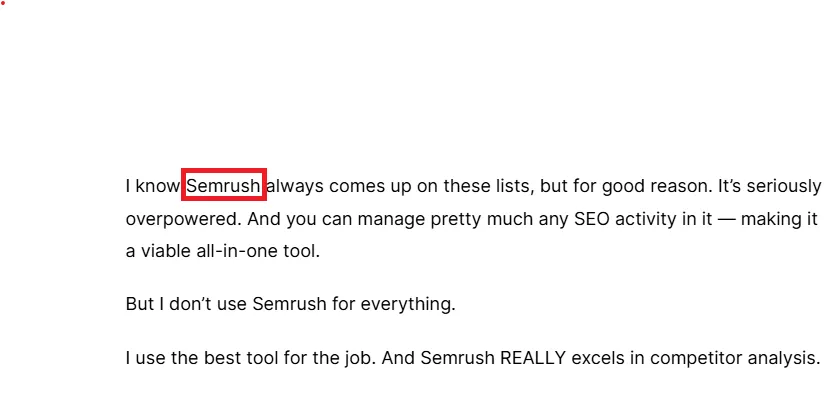
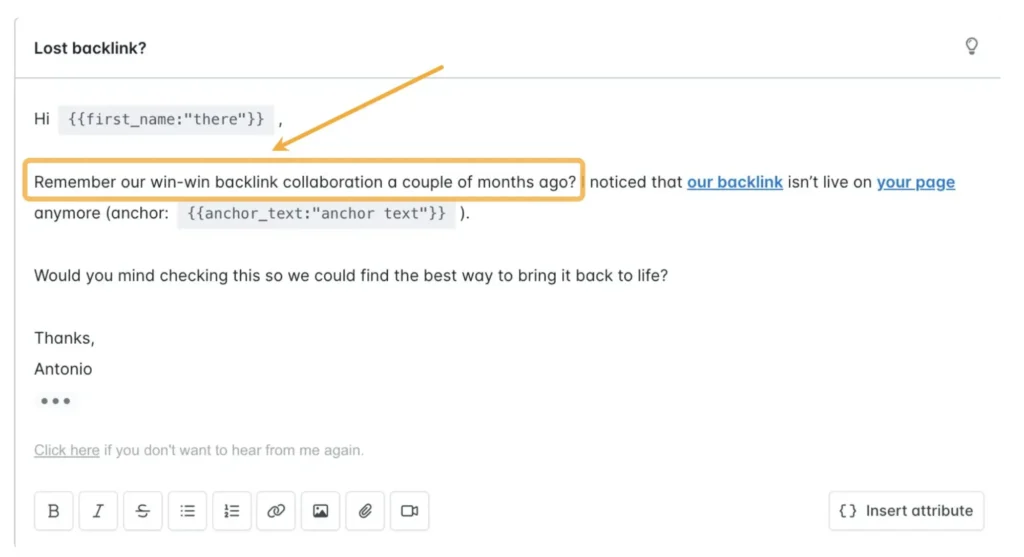
Testimonial & review link building
Brands love showcasing testimonials from customers. By providing a testimonial for a product or service you use, you can often earn a testimonial backlink from their website.
For example, if you use Ahrefs, you can submit a testimonial about your positive experience, which they may feature along with a backlink.
Companies are more likely to link back to verified customers than anonymous reviews.
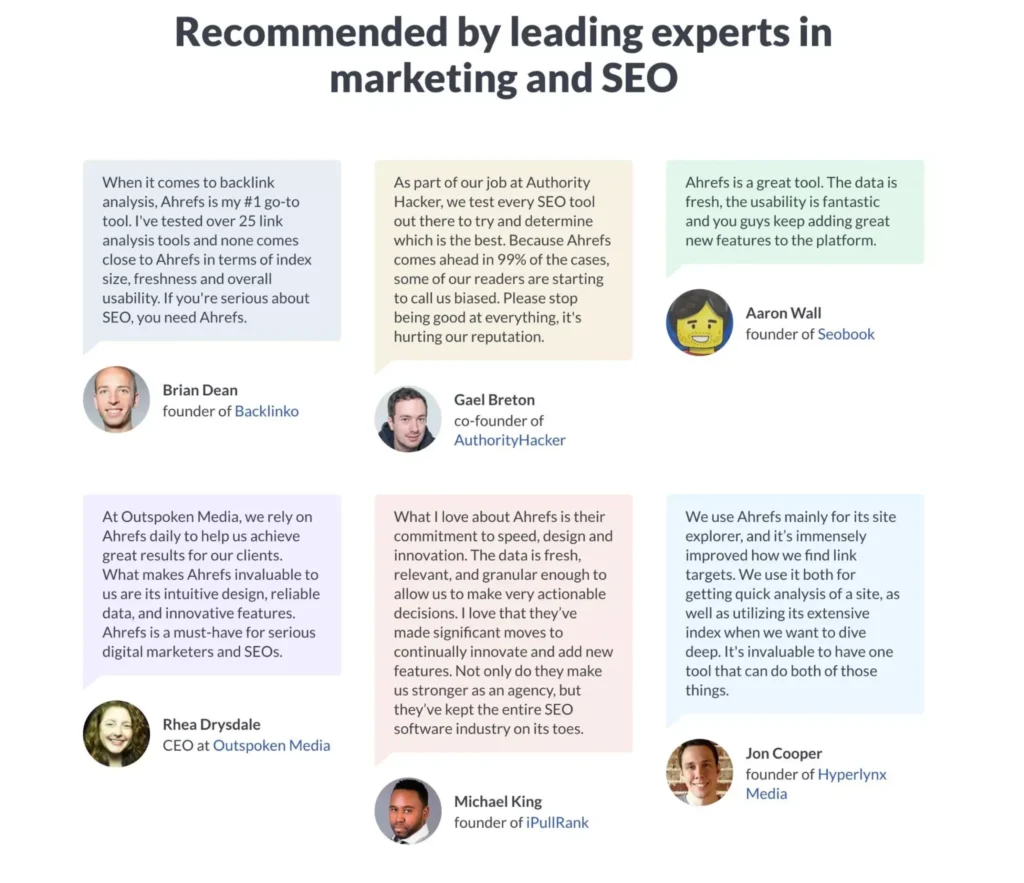
Be genuine in your testimonials and target products directly related to your niche.
Sponsorship & event link building
Sponsoring local events, webinars, or charities can earn you backlinks from event websites or press releases.
For example, sponsoring a local marathon might get your brand listed on the event’s official site and covered by local media.
Sponsorship backlinks often come from .org, .edu, or government sites, which carry strong authority.
Event sponsorships not only provide backlinks but also local branding and networking opportunities.
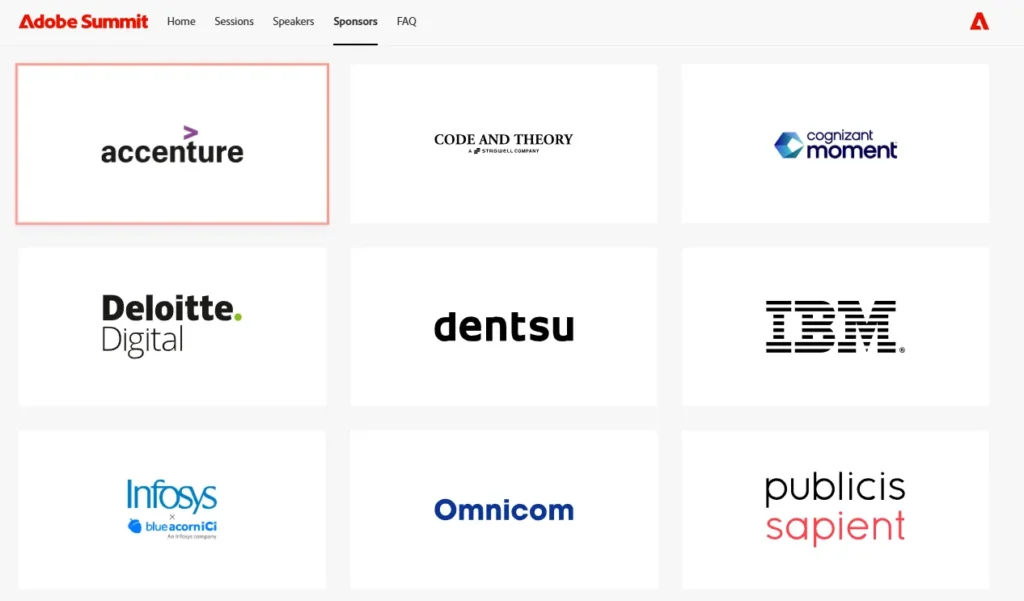
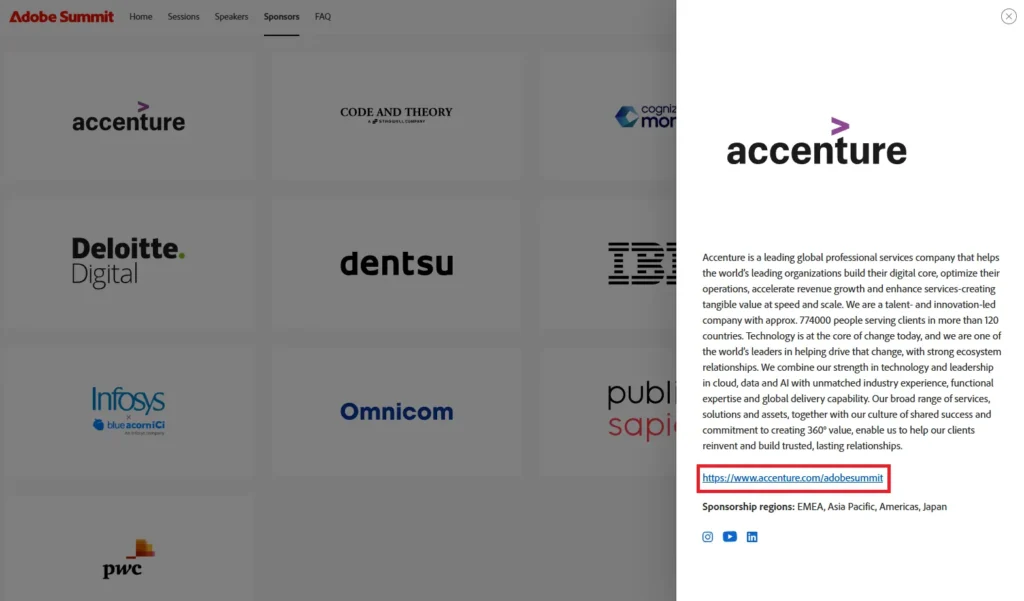
The ROI often extends beyond SEO, improving both visibility and trust.
Podcast link building
Appearing as a guest on podcasts allows you to share your expertise and usually includes backlinks in the show notes.
For example, a SaaS founder interviewed on a marketing podcast could gain links from the podcast site and related promotions.
Podcasts often repurpose episodes into blogs, transcripts, and social content, each with backlink opportunities.
Pitch podcasts relevant to your industry and highlight what unique value you can bring to their audience.
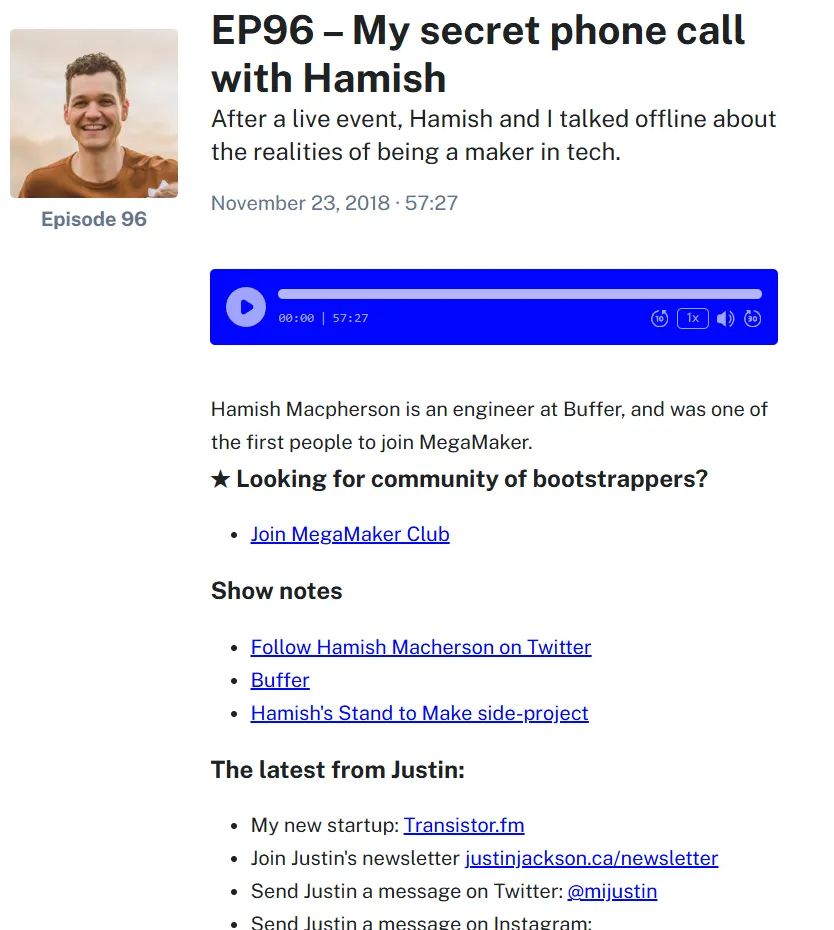
Expert roundup contributions
Expert roundups feature insights from multiple professionals. Contributing ensures a backlink when your quote is published.
For example, a digital marketing blog might publish “Top SEO Predictions for 2025” featuring 20+ expert quotes, each linked to their site.
They’re highly linkable assets since contributors often share and link back to the roundup.
A good example is HubSpot’s Customer Acquisition for Startups roundup, which includes contributions from multiple industry experts.
So we receive a backlink, along with increased visibility through association with a trusted brand.
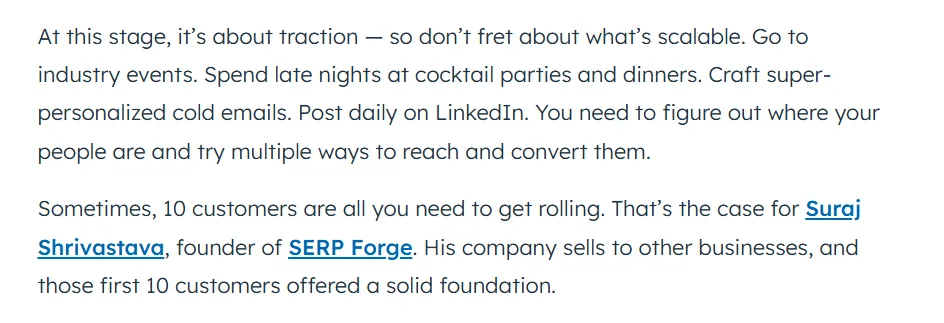
Offer actionable, unique advice rather than generic tips to stand out.
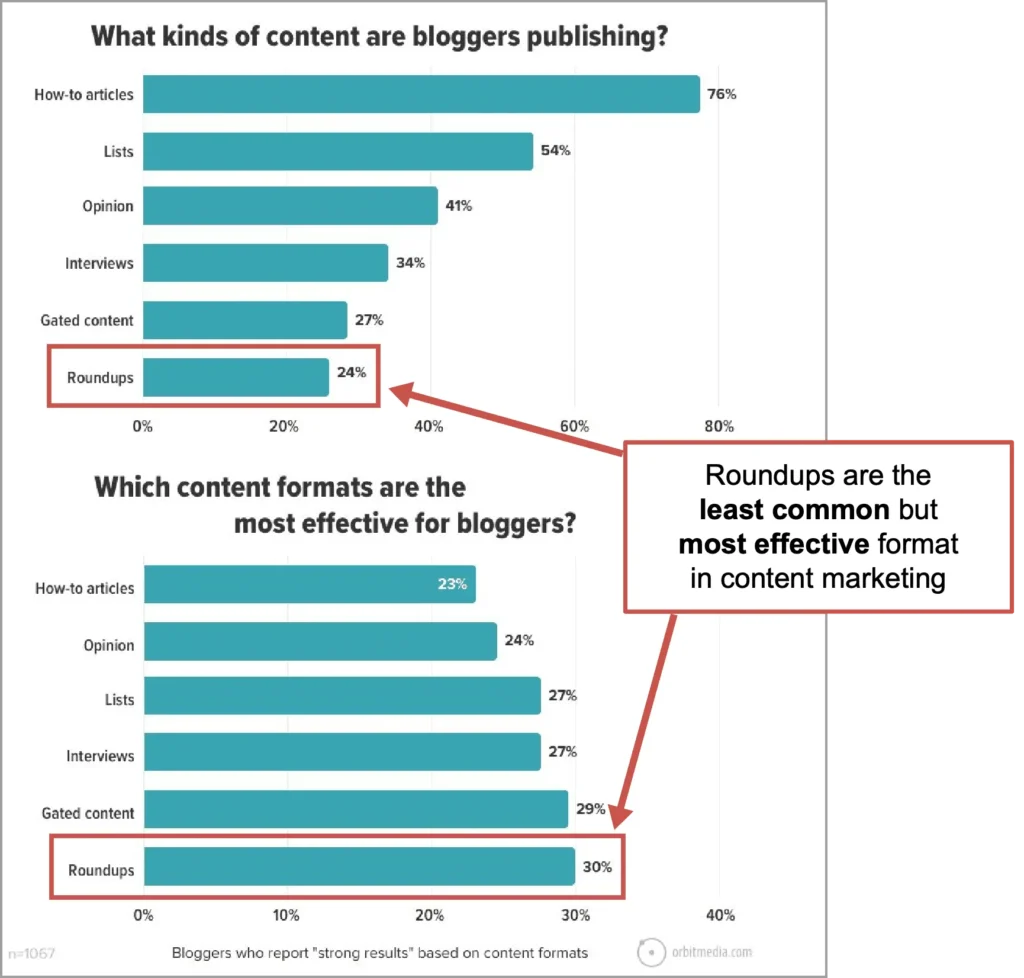
Local business & citation link building
For local businesses, citations on directories like Google Business Profile, Yelp, and industry-specific listings are essential.
For example, a dentist in Mumbai listing their practice on Justdial, Practo, and Google Maps earns backlinks while boosting local SEO.
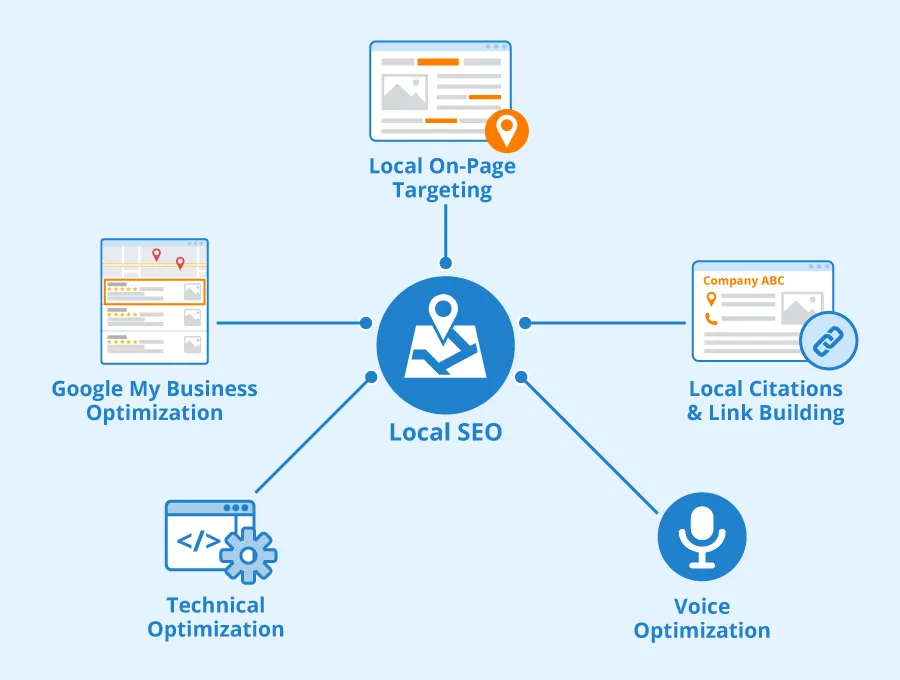
Did you know?
According to Google, businesses with accurate citations across platforms are 70% more likely to attract location-based customers.
Citations also improve Google Maps rankings, a key factor for local businesses.
Ensure consistency of NAP (Name, Address, Phone) across all directories.
Scholarship link building
Offering a scholarship allows you to earn backlinks from .edu websites that list financial aid opportunities.
For example, creating a “Digital Marketing Future Leaders Scholarship” could secure links from multiple university financial aid pages.
Quick fact:
.edu backlinks are considered some of the most authoritative by Google.
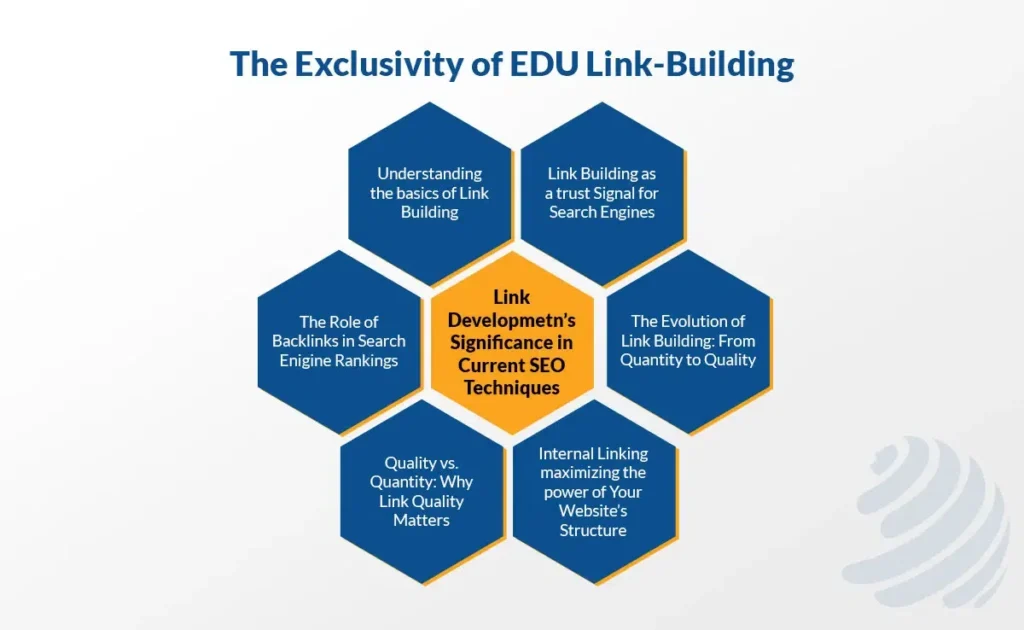
Scholarships can also drive strong PR coverage if promoted effectively.
Make your scholarship specific to your industry to attract both relevant applicants and quality links.
Data-driven / Research-based link building
Publishing original research, surveys, or case studies earns natural backlinks since journalists and bloggers cite credible data.
For example, releasing a study on “Top SaaS Marketing Trends 2025” can attract links from industry sites, reports, and blogs.
Data-driven posts also perform better in terms of evergreen backlinks since they’re referenced repeatedly.
Survey your audience, analyze trends, or use proprietary data to stand out.
Case study link building
Case studies showcasing real results attract backlinks from industry publications, partners, and blogs seeking proof-driven content.
For example, publishing “How Our SaaS Grew 300% with Content Marketing” can earn links from marketers, SaaS blogs, and business outlets.
Case studies position your brand as credible while naturally attracting links.
Always focus on measurable outcomes and clear storytelling to maximize impact.
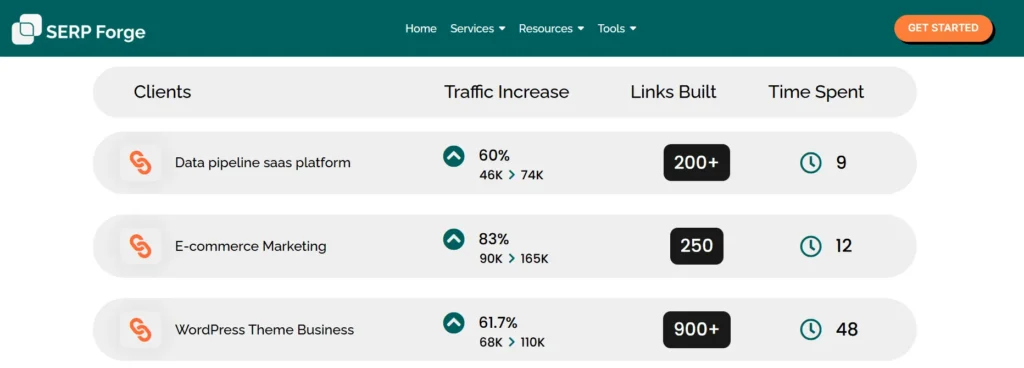
Parasite SEO Link Building
Parasite SEO is a strategy where content is published on high-authority domains to “piggyback” on their existing domain strength.
Since these sites already rank well in Google, your content has a much higher chance of gaining visibility quickly compared to publishing on your own site.
For example, creating a long-form article on platforms like Medium, LinkedIn, or even industry-specific authority sites can help your content appear on page one for competitive keywords.
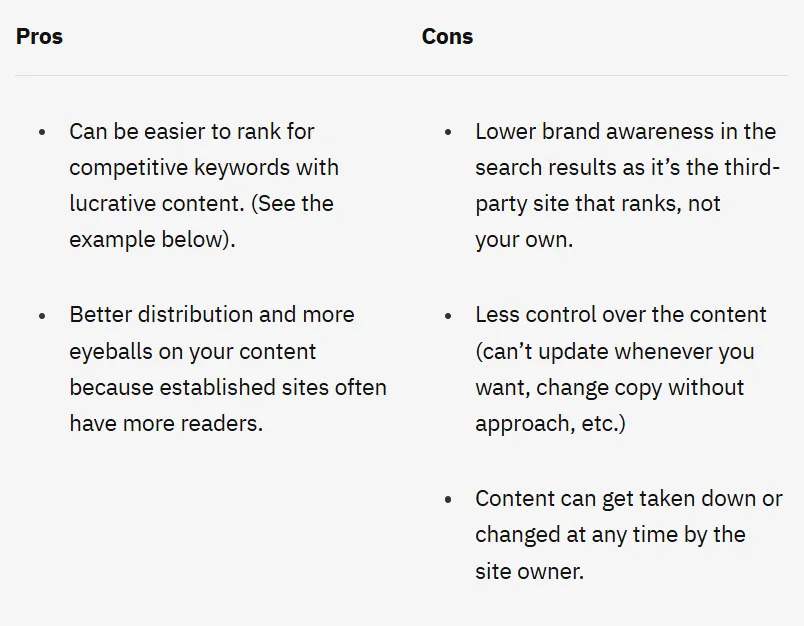
Why it works: Search engines already trust these domains, so your content benefits from their authority while still linking back to your site.
PBN (Private Blog Network) Link Building
PBN link building involves creating or buying a network of websites solely for the purpose of linking back to your main site.
While this method can deliver short-term ranking boosts, it is considered a black-hat SEO tactic and carries significant risks.
Google actively penalizes websites involved with PBNs, which can result in a significant loss of rankings or even complete deindexing. That’s why understanding what a PBN is and how it works is crucial before considering this tactic. You can read a clear breakdown in our PBN glossary guide.
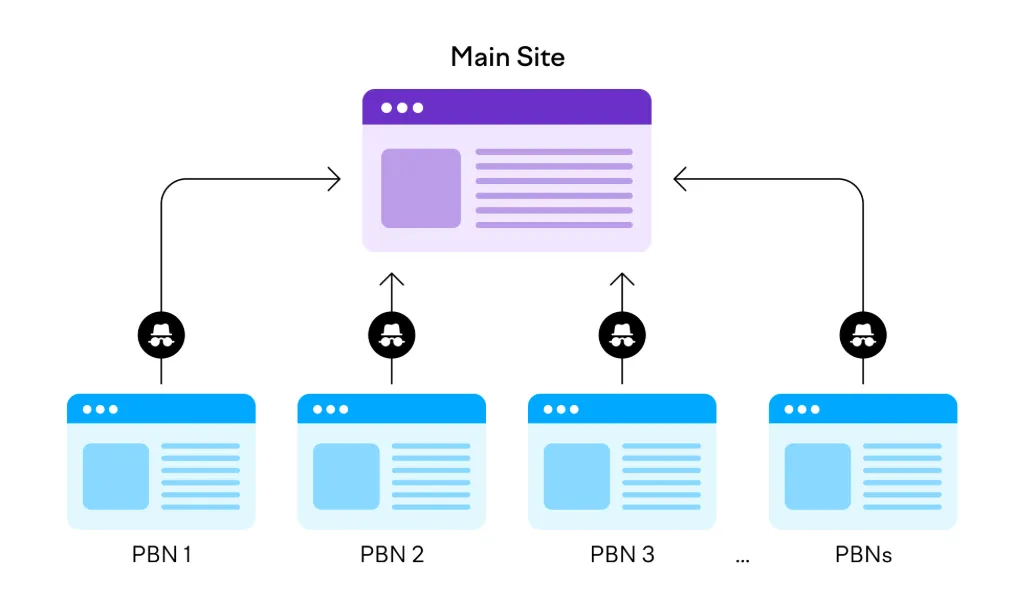
Although some SEOs still experiment with PBNs, they’re not recommended for long-term, sustainable growth. Safer alternatives like digital PR, niche edits, and guest posting provide far more reliable results without the risk of penalties.
Conclusion
Link building has never been a one-size-fits-all strategy. What works for one website may not work for another, but the foundation remains the same: building high-quality, relevant links that add value to readers and search engines.
The real key is consistency. Whether it’s guest posting, broken link building, or publishing original research, the best results come from combining multiple techniques and adapting them to your industry.
Contact us today to learn more about our link-building services and start growing your rankings with confidence.




